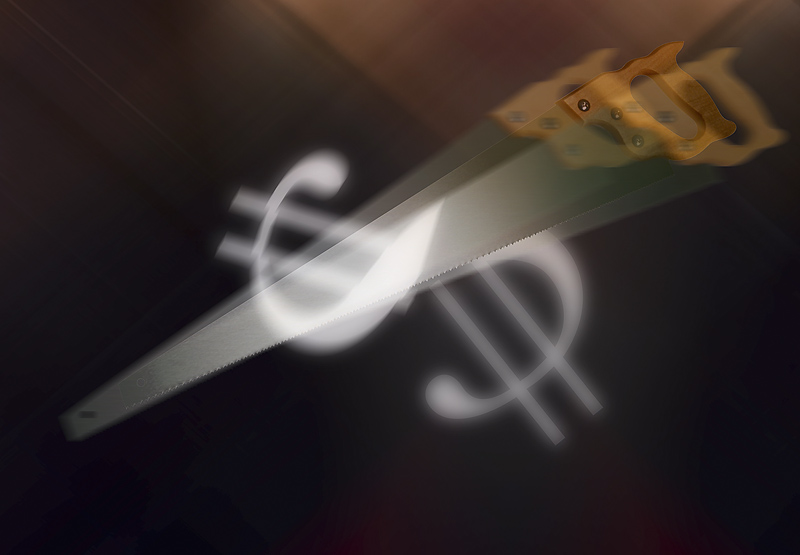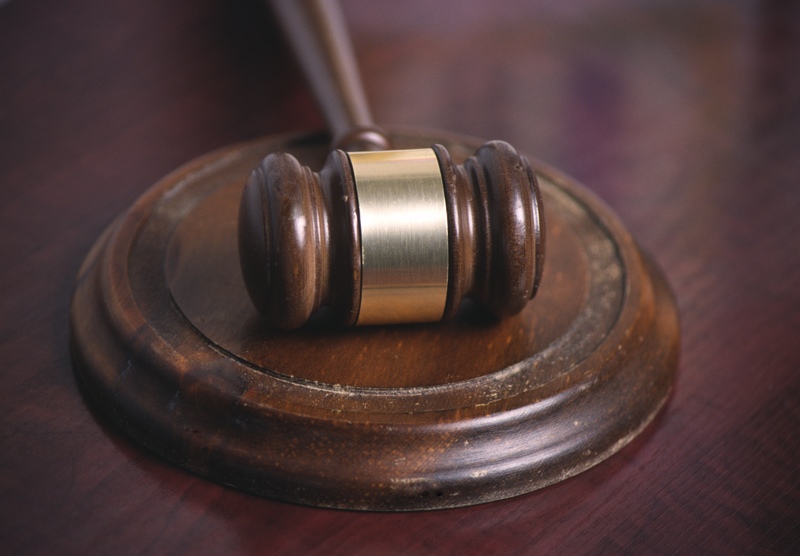SOUTH DAKOTA GOVERNOR LARRY RHODEN ANNOUNCES SPECIAL LEGISLATIVE SESSION DATE REGARDING NEW STATE PRISON
PIERRE, S.D. – Governor Larry Rhoden has announced the date of the special session to consider and pass legislation for a new prison. The special session will be on Tuesday, September 23, 2025, at 9:00 am CT. Governor Rhoden signed an Executive Proclamation formally announcing the special session. You can read his letter to the legislature, which includes the Executive Proclamation, here.
“When we started this process, we knew that we needed to build consensus on a plan that a supermajority of the legislature can agree on, and I believe that we are in good shape to achieve that,” wrote Governor Larry Rhoden. “The purpose of this session shall be to consider and pass legislation to authorize the Department of Corrections to do everything necessary to move forward with this project.”
Lt. Governor Tony Venhuizen, who chaired the prison task force, also wrote a letter to Governor Rhoden on the task force’s findings.
“We understood that compromise was necessary to reach a recommendation that can win [the Governor’s] support and the support of the legislature,” wrote Lt. Governor Tony Venhuizen. “The task force’s unanimous vote for its recommendation demonstrates that we have found a good site f0r a new penitentiary and a strong path forward.”
The prison task force was announced by Governor Larry Rhoden in February. They were tasked with answering three questions:
Do we need a new prison?
How big should it be?
Where should it go?
The prison task force came to unanimous agreement on all three of these questions.
The special session is called pursuant to Article IV, Section 3 of the South Dakota Constitution.
SOUTH DAKOTA REGENTS APPROVE ‘SEISMIC SHIFT’ TO ALLOW GUNS ON CAMPUS
BROOKINGS, S.D. (Emily DeCock / South Dakota News Watch) – The South Dakota Board of Regents voted 9-0 Thursday to update its policy to comply with a new state law that allows students and others to carry concealed weapons on campus.
The change, which also includes where weapons are not allowed, aligns regental policy with Senate Bill 100 (SB 100), which went into effect July 1. It passed during this year’s legislative session and was one of many topics on the agenda at the meeting Wednesday and Thursday at South Dakota State University in Brookings.
“First and foremost, we want to make sure that people are safe on our campuses,” said Tim Rave, Board of Regents president. “This is a seismic shift from where we had previously been, and I appreciate your dedication to putting together a policy I think that addresses the law the best when we could with what we were handed.”
The six public universities the law applies to are Black Hills State University in Spearfish, Dakota State University in Madison, Northern State University in Aberdeen, South Dakota School of Mines and Technology in Rapid City, South Dakota State University in Brookings and the University of South Dakota in Vermillion.
The law also applies to the state’s four technical schools: Lake Area Technical College in Watertown, Mitchell Technical College in Mitchell, Southeast Technical College in Sioux Falls and Western Dakota Technical College in Rapid City.
Nick Wendell, executive director of the South Dakota Board of Technical Institution, said the technical schools’ boards will approve their own policies in accordance with the law rather than having a systemwide policy.
SB 100 was highly debated in the House and Senate before passing. Those who opposed it cited potential risks to student safety, while supporters cited the Second Amendment and South Dakota’s status as a constitutional carry state as reasons to adopt the law.
SB 100 allows some of the widest access to concealed weapons on campus as any state law on the issue.
There are certain areas, detailed below, where concealed weapons can be limited on campus. It is now up to schools to determine where those areas are.
Here are specific guidelines covered in the law and affirmed by the Regents:
People 18 and over with an enhanced, restricted enhanced or a reciprocal permit issued in accordance with applicable South Dakota law can now carry concealed pistols on BOR premises.
Individuals may also carry stun guns and mace or pepper spray on BOR property.
Weapons must be stored in a locked case or safe when not being carried or in possession of the person.
Institutions will not provide cases or safes in the residences halls.
It is the weapon owner’s responsibility to use an adequate storage facility. Failure to do so could result in discipline up to and including removal from a residence hall or even expulsion.
Universities can restrict concealed carry in some specific cases on campus, outlined below.
Areas where concealed carry can be restricted
Language in the policy gives schools the ability to restrict concealed carry in some places. Here are those locations:
Areas of “significant quantities of hazardous materials” with large cylinders containing corrosive, reactive, flammable, toxic or oxidizer gases or of acetylene gas.
Near magnetic resonance imaging (MRI) equipment or nuclear magnetic resonance equipment.
In a room used for manufacturing or scientific research, if the concentration of airborne particles is controlled in order to maintain an environment with minimal pollutants.
In a clearly designated portion of a building or structure to which a facility clearance applies or for which a federal security clearance is required.
In a building or structure during a special event, provided metal detectors and authorized armed security personnel are present at every public entrance to restrict the possession of any dangerous weapon.
Each institution will keep a registry of all areas it plans to restrict or limit the carrying of weapons, and the list will be updated annually.
Jeff Partridge, vice president of the Board of Regents, said he thinks having a systemwide, consistent policy is important.
“Very, very important, as we move forward not to have something going on at this university versus that one, and differing of opinion or interpretation,” he said. “We’re going to try to continue to avoid that, and it’s going to be a work in progress.”
SDPB EXPECTS A 23% HIT TO BUDGET WITH FEDERAL CUTS TO PUBLIC BROADCASTING
SIOUX FALLS, S.D. (Dakota News Now) – This week, Congress approved $9 billion worth of cuts to services like USAID and public broadcasting.
While the effort is intended to go after national broadcasting, it’s really hurting local outlets more.
Before, the federal government would make an appropriation to the Corporation for Public Broadcasting, and then it would give over 70% of that appropriation to local stations.
The cuts to public broadcasting have left outlets like SDPB scrambling. SDPB has 9 studios around the state providing coverage for people of all walks of life.
SDPB expects to lose $2.2 million, or 23%, of its budget, making it more reliant on state funding and public donations.
“Whether or not the state will have the dollars or the resources to both take on public safety and important local programming, I think that’s doubtful,” SDPB Executive Director Julie Overgaard said.
Overgaard said she doesn’t want the state to feel pressured to budget more for the services and that the support they did get over the session was greatly appreciated.
“The overwhelming response from the citizens of our state was yes, yes we like public broadcasting, yes we believe in it, yes we want it to continue, I don’t think that changed today, I think most South Dakotans shared profound disappointment in what our congressional delegation decided to do,” Overgaard said.
Ryan Howlett, the CEO of Friends of SDPB, the organization that plays a crucial role in funding SDPB, said they expect an initial influx of donations, but not enough to avoid cuts down the road.
“Primarily, when we’re out on the street as a staff, we’re talking to them about supporting local shows, and if some of those local shows are impacted by this and we don’t have those to fundraise around, eventually we’ll see donor attrition,” Howlett said.
SDPB plans to keep essential services available, such as emergency alerts and legislative coverage, but acknowledged that if the cuts remain as planned, some programming will be cut, and that roughly 20-25% of staff will be laid off.
Stations will stop receiving the money starting October 1, which is the beginning of the federal fiscal year.





